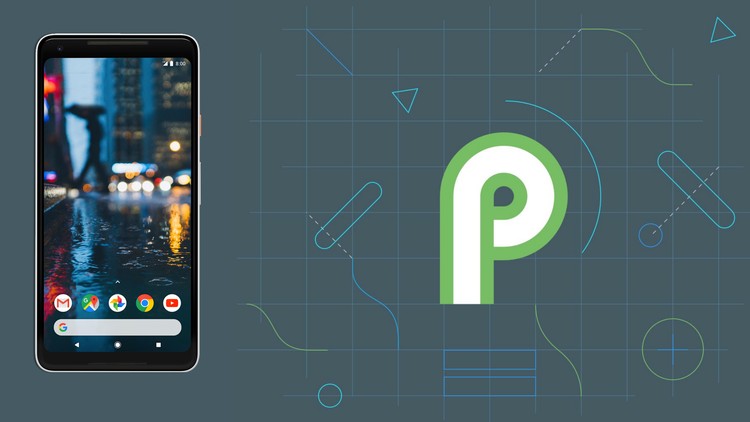
New Features Available on Android P Mobile Development
What you will learn
Implement new features in their Android Projects
Prepare for the new OS coming up in Q3 2018 to Android
Why take this course?
This course is meticulously designed to introduce you to the latest features released in the Developer Preview for the upcoming Android P release, ensuring your app stays at the cutting edge of technological advancements. As mobile technology continues to evolve, it is crucial for developers to keep pace with new features and functionalities to maintain competitive and user-friendly applications. This course provides the knowledge and practical skills required to achieve this.
We begin with an in-depth exploration of the new Android Studio and the Pixel 2 Emulator. Android Studio, the official integrated development environment (IDE) for Google’s Android operating system, comes with a range of enhancements in its latest version. The Pixel 2 Emulator, meanwhile, allows developers to test their applications on a virtual device that simulates the Pixel 2’s hardware and software environment. By understanding these tools, you can streamline your development process and optimize your workflow for maximum efficiency.
One of the key features we’ll cover is the Display Cutout, also known as the “notch.” With the increasing trend of edge-to-edge screens, many devices now come with a display cutout at the top for cameras and sensors. This course will show you how to design your app to accommodate various screen shapes and sizes, ensuring that content is displayed optimally without being obscured by the cutout. You’ll learn how to use the WindowInsets class to manage cutouts and create a seamless user experience across different devices.
The Image Decoder API is another significant feature in Android P. It provides a modern way to decode images, offering better performance and additional functionalities compared to the BitmapFactory class. The Image Decoder supports animated images and allows for scaling and post-processing of images during decoding. In this course, you’ll learn how to implement the Image Decoder API to handle images more efficiently, reducing memory usage and improving the overall performance of your app.
Notifications have been a core feature of Android for a long time, and with Android P, they have become even more powerful. The updated notifications system includes new features such as support for images and smart replies, making it easier for users to interact with notifications without opening the app. This course will guide you through the process of creating and managing these richer, more interactive notifications. You’ll learn how to use the Notification.Builder class to customize notifications with images, action buttons, and inline replies, enhancing user engagement and improving the overall user experience.
In addition to these key features, the course will also touch on other noteworthy enhancements in Android P, such as improved security measures, support for the new HEIF image format, and enhancements to the Autofill framework. By the end of this course, you will have a comprehensive understanding of the new features in Android P and how to integrate them into your projects effectively.
Whether you are an experienced developer or just starting your journey in Android development, this course offers valuable insights and practical skills. By staying up-to-date with the latest tools and features, you can ensure your app remains relevant and competitive in the ever-evolving mobile landscape. Join us to master the new features of Android P and take your app development skills to the next level.